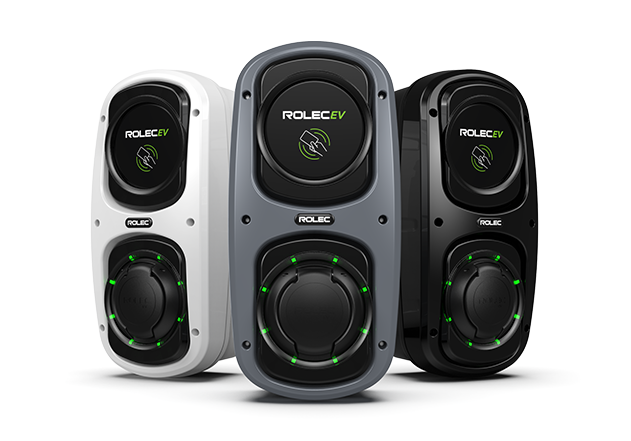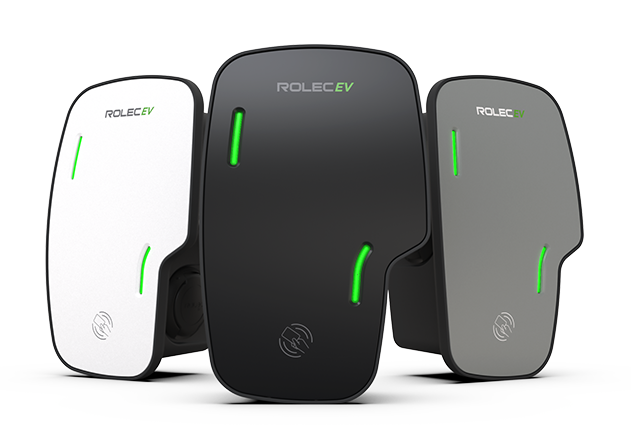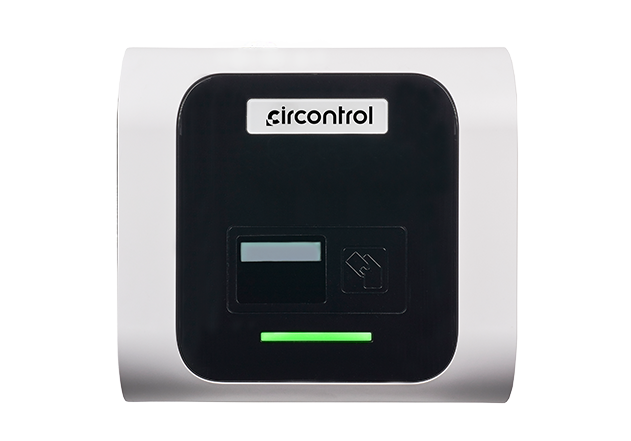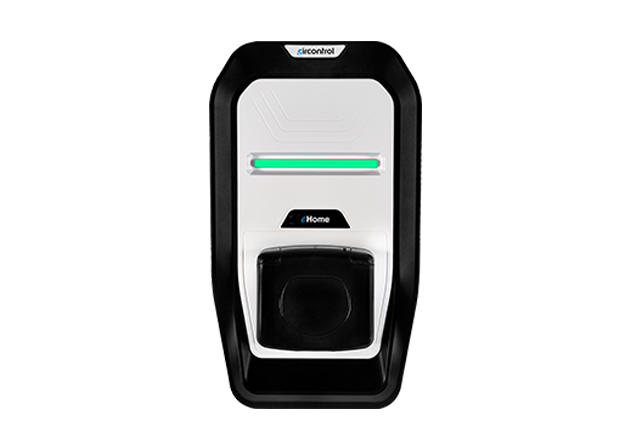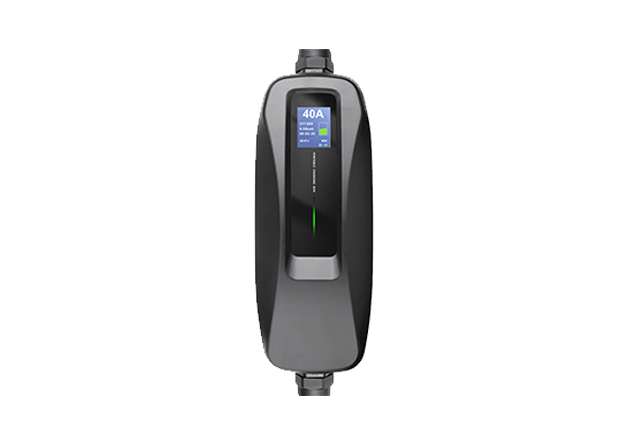Residential
EV Chargers
With a reliable residential charging solution, you can conveniently recharge your EV at home, ensuring that your vehicle is always ready for your next journey—no more worries about finding an available charging station or waiting in line. Plug in your EV overnight and wake up to a fully charged battery, ready to hit the road with confidence. Giving you the peace of mind to explore new destinations without worrying about running out of power.
Why installing a home charger ?
Installing a home charger is the best investment for any EV owner. Around 80% of EV drivers own home chargers since they ensure security and a more reliable experience.
Aside from guaranteed reliability 100% of the time, charging mostly from home saves one a fortune since the electricity charged is added to the house’s electricity tariff. Moreover, 76% of homes that have EV home chargers have increased in value over time, which is a great added benefit to one’s property. Having your own EV charger from the comfort of your home ensures that your car can always be at an optimum charge at any time, since you can charge it overnight or whenever you park. Having your own home charger also ensures that you can purchase a charger that is exactly suitable for your car needs. Overall, home chargers are essential for any EV owner for the incomparable practicality and safety they provide.
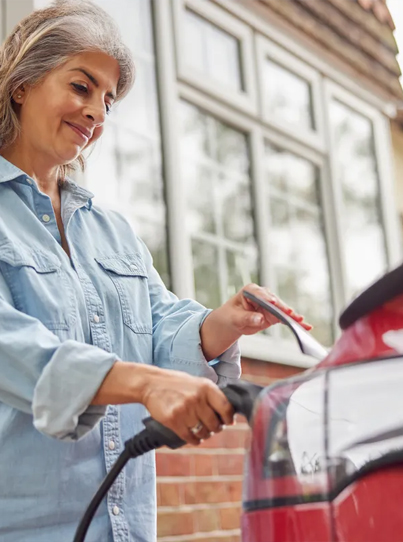
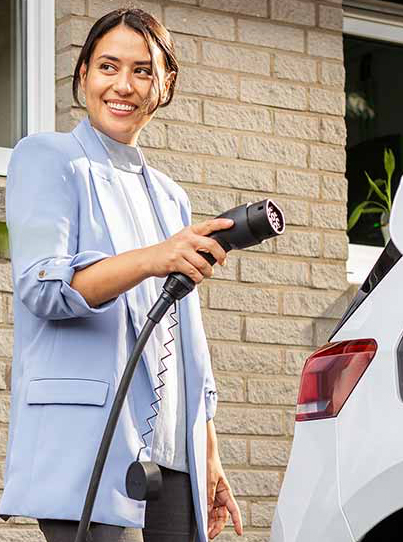
How to select your suitable charger ?
Making the great switch to EV is a life changing decision, an upgrade of all sorts. If you are new to the EV world, picking just the right charger for your needs and car charging power might require some considerations.
You’ve done the great step of switching to an EV . Now what? The best thing you can do for you and your car’s benefit and comfort is to get your own EV charger. Whether it’s a portable or home charger, any EV owner must have a dependable source of electricity for their vehicles. As a new user, you might wonder what factors determine the quality and viability. As a start, you should choose your charger from a certified, trusted brand with a warranty and an after-sales package to ensure that it’s safety. Then, you need to inspect your car for specific features that determine your charger needs. For example, you need to check if it uses a type one or type two socket (which determines whether you need a single phase or 3-phase cable), which can charge from 3.7 kW to 22 kW, depending on the electric car’s inbuilt onboard charge.
Safety is our priority
Solargy E-mobility prides itself in its protective equipment and practices that leave no room for hazardous situations or charging mishaps, from the chargers’ protective enclosure against weather conditions to electricity management solutions and safety installation measures
Solargy E-mobility team inspects the area where a charger is to be installed and clears it out from possible threats to the safety of the car or user. Also, Solargy E-mobility’s EV chargers are enclosed with IP65, which ensures protection from water and dust, and the rate of “65” indicates the highest level of protection against any airborne damage or rain. Along with the charger, we also provide you with RCBO, which restricts the overflow of electricity and stops it from overflowing and causing damage to the user. Also, during your charging period, the charging cable will be locked in your car until you stop the session. This feature will guarantee the safety and security of your vehicle and the charger.
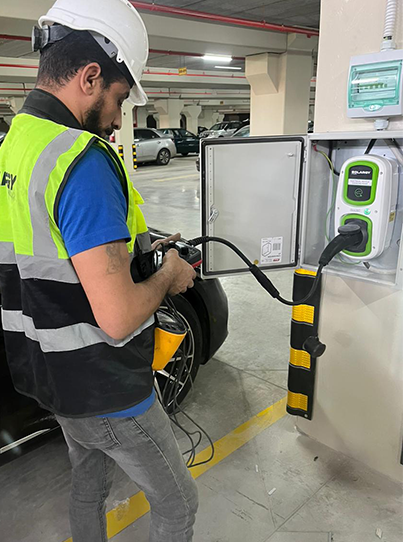
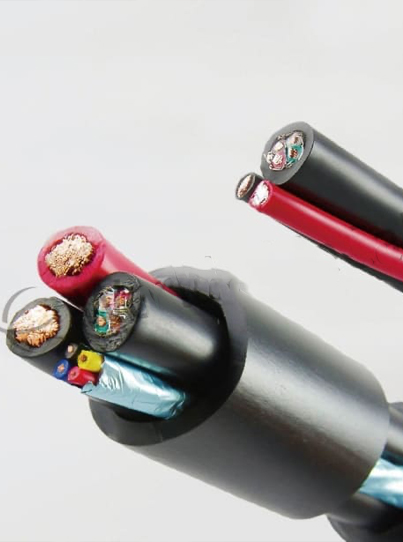
Single or 3-Phase cable?
Each car can either use a single or three phase cable, or both. According to your car charging needs and its physical specifications, you might be able to determine which cable is right for you.
EV chargers have two types of charging cables – single and 3-phase. The main difference between them is the load of power they can bear to transfer and the steadiness of the electricity transfer. A single-phase cable has two wires, while the 3-phase cable has three to four wires, which enables it to accommodate bigger loads. Usually, single-phase cables can operate up to 7.5kW, and anymore kWs might require a 3-phase cable for better load management. Typically, single-phase cables are suitable for residential chargers, small or private institutions, and light use between 3.7 to 7 kw. On the other hand, 3-phase cables are used to charge vehicles at 11 kW or higher, like on highways, large institutions, and fast charging points on the road. A single-phase charger will charge 7.5kW per hour, versus the 3-phase’s 22kW per hour, which almost triples in speed. Also, a 3-phase cable can be used in both single and 3-phase cables, but not vice versa.

